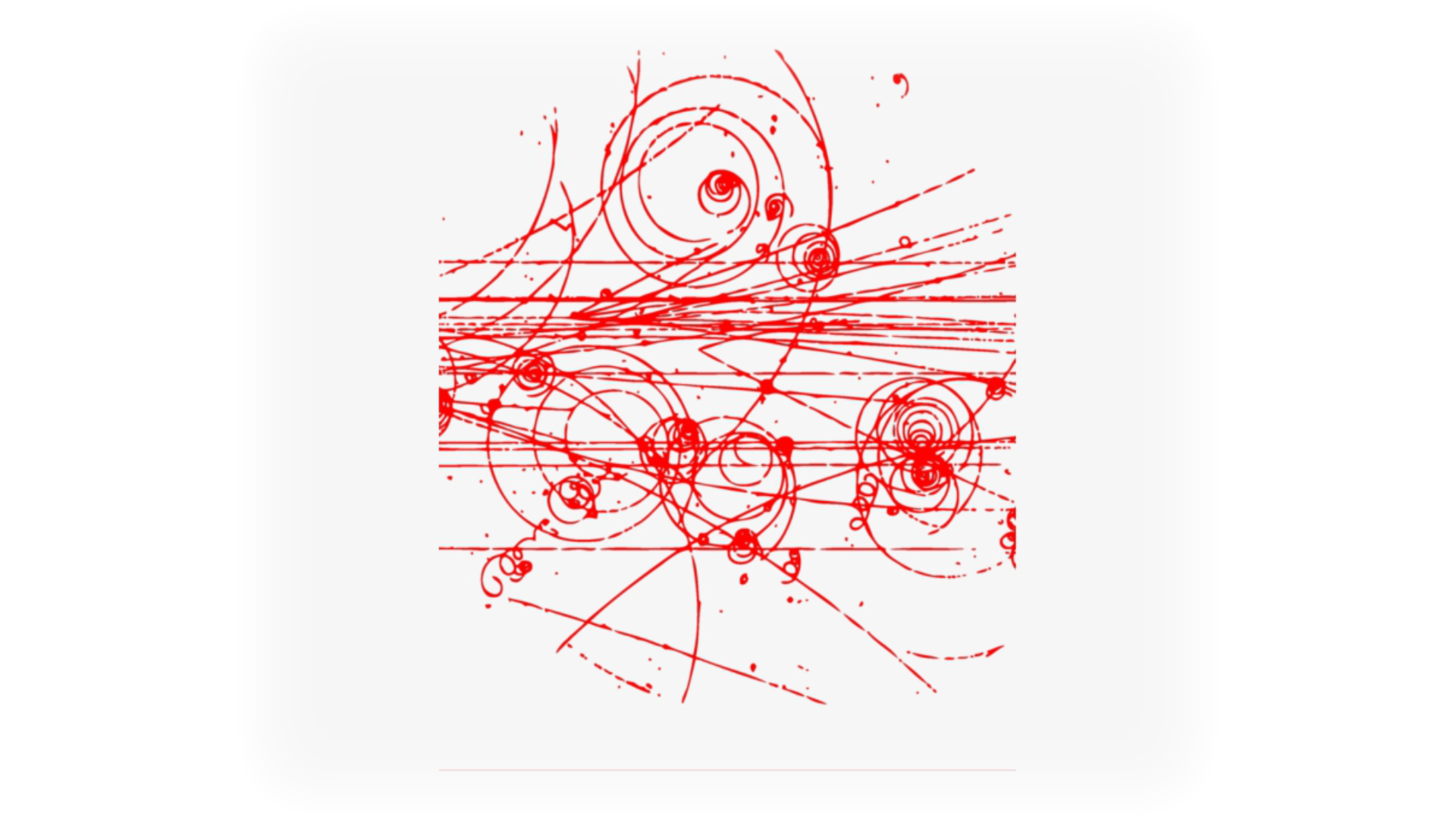A million-dollar mystery of the universe, the Yang-Mills Existence and Mass Gap is not just a theoretical puzzle, it’s one of the seven Millennium Prize Problems set by the Clay Mathematics Institute, offering a $1 million prize for its solution. At its heart, this problem demands a rigorous mathematical proof for the quantum version of the Yang-Mills equations, which form the foundation for the Standard Model of particle physics, our best current description of three out of the four fundamental forces of nature: the electromagnetic, weak, and strong nuclear forces.
The problem has two critical parts.
Part 1: Proving existence
The first requirement is to mathematically prove that a non-trivial Quantum Yang-Mills Theory exists in four-dimensional spacetime. While physicists use these theories daily to make stunningly accurate predictions that are verified by experiments at particle accelerators like the Large Hadron Collider, they rely on sophisticated approximation techniques. A truly rigorous mathematical theory, which would satisfy the high standards of modern mathematical physics, is still missing. Finding this proof would mean building a solid mathematical bedrock for modern particle physics, ensuring the theories we use to describe the cosmos are consistent, well-defined, and fundamentally sound.
Part 2: The Mass Gap
The second, and perhaps most physically compelling, part is proving the existence of a “mass gap” (Delta > 0). This gap refers to the phenomenon where the lowest possible energy state above the vacuum, which has zero energy, has a strictly positive value. In quantum field theory, mass is directly related to energy, so a mass gap implies that the lightest particle predicted by the theory must have a non-zero mass.
In real life, this is crucial for explaining the behaviour of the strong nuclear force, which is governed by a Yang-Mills theory known as Quantum Chromodynamics (QCD). The classical Yang-Mills equations predict that their force-carrying particles, called gluons, should be massless, like the photon in electromagnetism, leading to long-range forces. However, in the real world, the strong force is short-range, it only operates within the nucleus of an atom, and the particles it binds together, quarks and gluons, are confined. We never observe a free, massless gluon. Instead, they are locked up in massive composite particles like protons and neutrons. The mass gap is the theoretical explanation for this phenomenon of confinement. It ensures that the lowest-energy bound states of gluons, called glueballs, have a positive mass, explaining why all the particles governed by the strong force are massive and why the force itself quickly drops off with distance.
Importance
Solving the Yang-Mills problem would represent a paradigm shift, connecting the abstract world of geometry and topology with the concrete physics of the subatomic realm. It promises to validate the strong force, providing the ultimate theoretical justification for the way the strong nuclear force behaves, confirming that our mathematical models align with experimental observation. It will also develop new mathematical tools, as the solution is expected to require completely new mathematical techniques in the field of quantum field theory (QFT), which could have profound implications for other areas of mathematics and physics. Finally, it should also rigorously establish the foundation of the Standard Model, moving it from a highly successful working theory to a mathematically proven description of nature.
